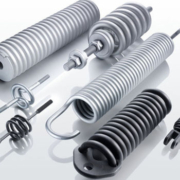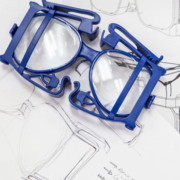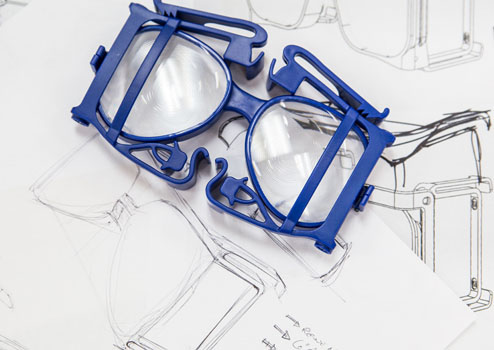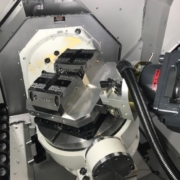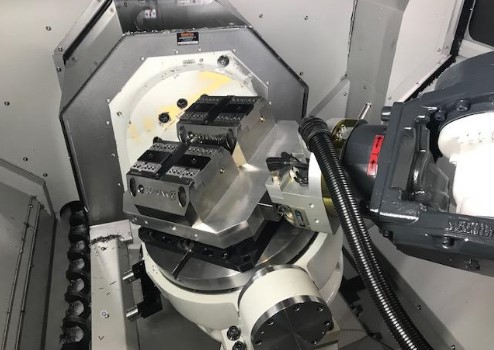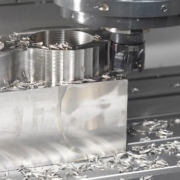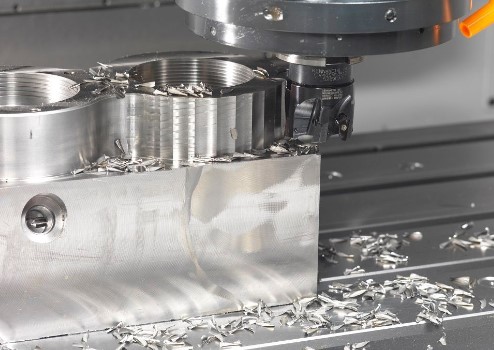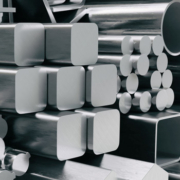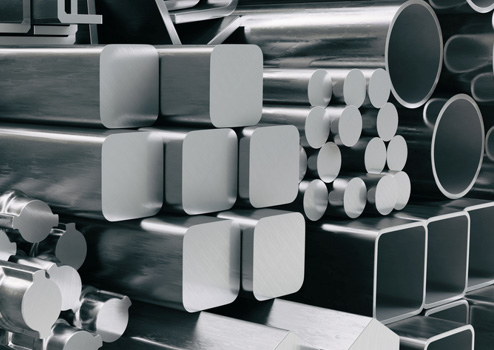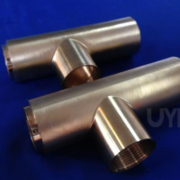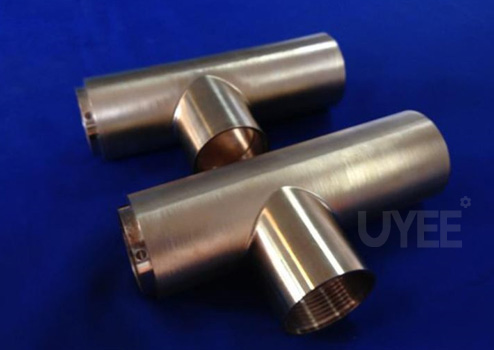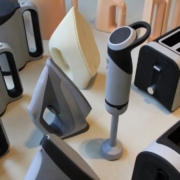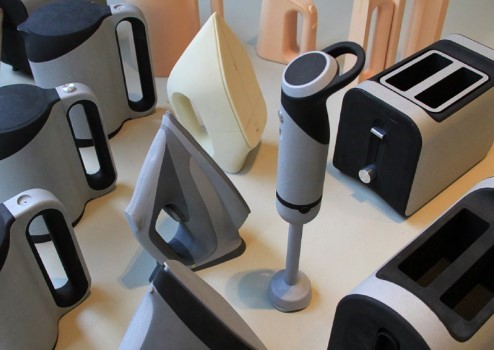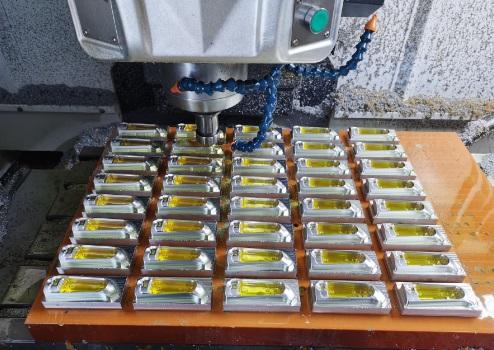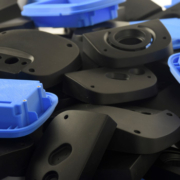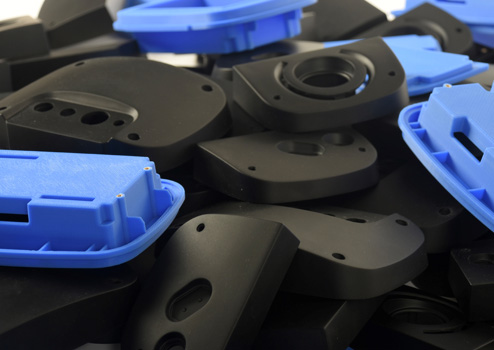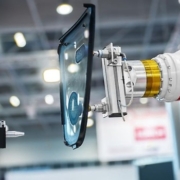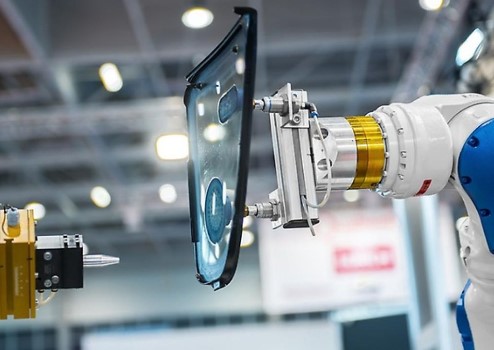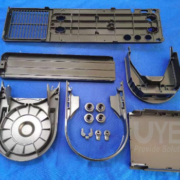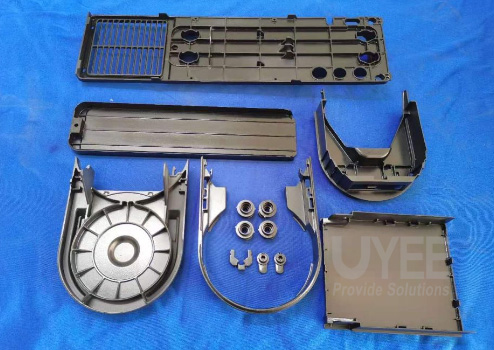A Few Types of Springs and Their Application
The material used in springs varies. The most common material used is spring steel. Small springs are made from pre-hardened stock, while larger springs are fabricated from annealed steel and then hardened during fabrication. Non-ferrous metals, like beryllium copper, can be used for corrosion resistance. For electrical current springs, beryllium copper is another popular choice. A spring’s discharge is an important factor.
Various kinds of elastic materials can be used to make springs. The most common material is spring steel, which is also known as “spinning steel.” However, larger springs are usually made of annealed steel that has been hardened. Non-ferrous metals are also used for corrosion resistance. These are the most commonly used materials in the manufacture of springs. Depending on the application, the type of material can vary, from simple to complex.
The common of spring’s materials
The simplest spring can be made of several different types of materials. These include carbon, spring steel, and copper. The most common type of metal is spring steel, which is used for smaller sizes. Often, this steel is pre-hardened while larger springs are annealed. Some springs are made from non-ferrous metals, such as aluminum. These materials are also used for corrosion resistance. In electrical current springs, beryllium copper is used.
The materials used to make springs are elastic. The most common of these materials is spring steel. Smaller springs are wound from pre-hardened stock. The larger ones are made from annealed steel that has been hardened after fabrication. Other types of elastic materials are used for corrosion resistance, such as non-ferrous metals. Berylium copper and tin are commonly used for electrical current springs. In addition, they’re very versatile and can be manufactured from various metals.
In regard to their application
As well as their everyday uses, springs are also used in many industries. You can find them in washing machines, dryers, and vice-grip pliers, which are used in many industries. Air cushions are another type of spring that is used in machine mounts. These are a great example of how to use these types of products. It’s important to know how to use these products properly. This will help you avoid a lot of common errors.
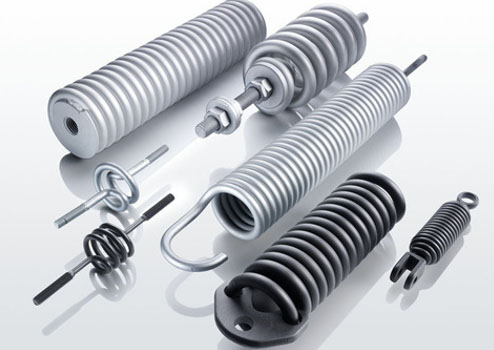
Although there’s a lot of information on springs and the species that depend on them, little research has been done on their ecosystems. This means that data collection and analysis, including springs, is often fragmented and cannot be used by conservation organizations and land managers. Consequently, the data available is not very useful for decision-making. Despite this, there are a few things you can do to protect and preserve the ecosystems in your area.
The Different Types of springs
Springs are used to store and release potential energy. The material they are made of varies in diameter. Non-coil and cylindrical springs are typically made of stainless steel or music wire. Depending on the application, they may be coated with phosphor bronze. Spring brass is usually white or yellow. Various materials are used in coil and sleeve designs. To learn more about springs, read on! Here are a few different types of springs:
The most common type of spring is an oil-tempered steel. High-carbon steel is typically used for guitar strings. Other common materials found in springs are chrome vanadium, stainless steel, and zinc. Many manufacturers also publish catalogs of their standard stock springs, which cover a range of choices. Generally, the type of steel used depends on the application. Some of the most common types of springs are listed below. All-steel and oil-tempered steels are suitable for use in musical instruments.
How does a spring work?
A spring is a device that holds potential energy. It has a property called elasticity. This means that it tries to return to its original shape after a force is applied to it. This means that when it is unloaded, the spring returns to its original position. In other words, springs can help us get out of trouble and save money! It’s also helpful to know that springs are made from steel or stainless steel and are made to withstand extreme temperatures and high-pressure environments.
A spring’s ability to follow Hooke’s law is dependent upon the surrounding land use. Because it was formed in close proximity to the water seepage area, it was unable to filter the water that was contaminated. As a result, the material will no longer be able to return to its original shape. Once a spring has reached its elastic limit, it will no longer follow the law and will be a poor choice for many applications.
A spring follows the law of Hooke’s law. This means that its force is directly proportional to its displacement from a neutral position. However, materials have a limit to their elasticity and must not be stretched beyond this limit. When they reach this limit, they will no longer follow Hooke’s law. This is because the material will no longer return to its original shape. The elasticity of a spring is dependent on its elastic limit.
The bottom line
The most common type of spring is a compression spring. Its shape is shaped like an open-coil helix. As a result, it offers resistance when it is compressed axially. A retractable pen, for example, is an extension spring. Its wire ends are looped across the centerline of the spring. These coil ends are usually closed on the sides, whereas the machine ends have more pronounced angles. At UYEE. We can offer diverse springs .If you require them or rapid prototyping services , please contact us .

